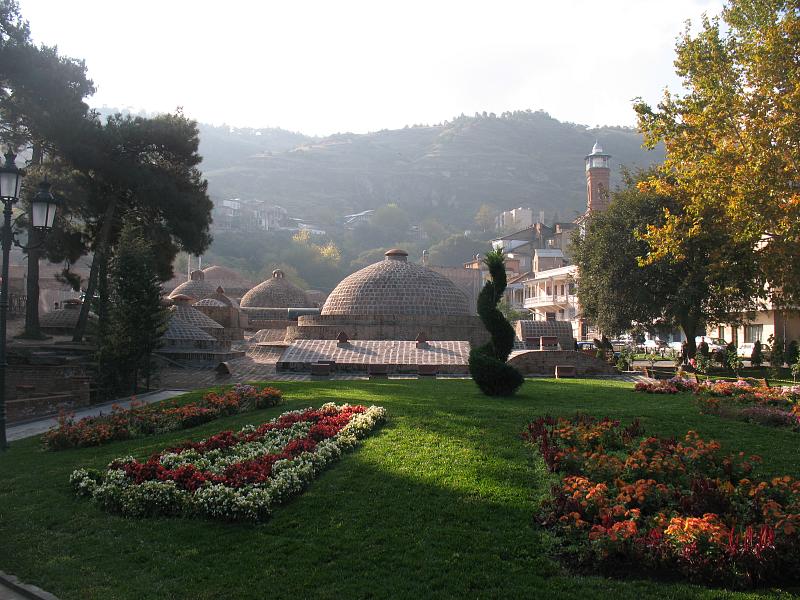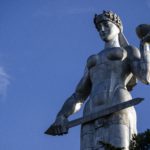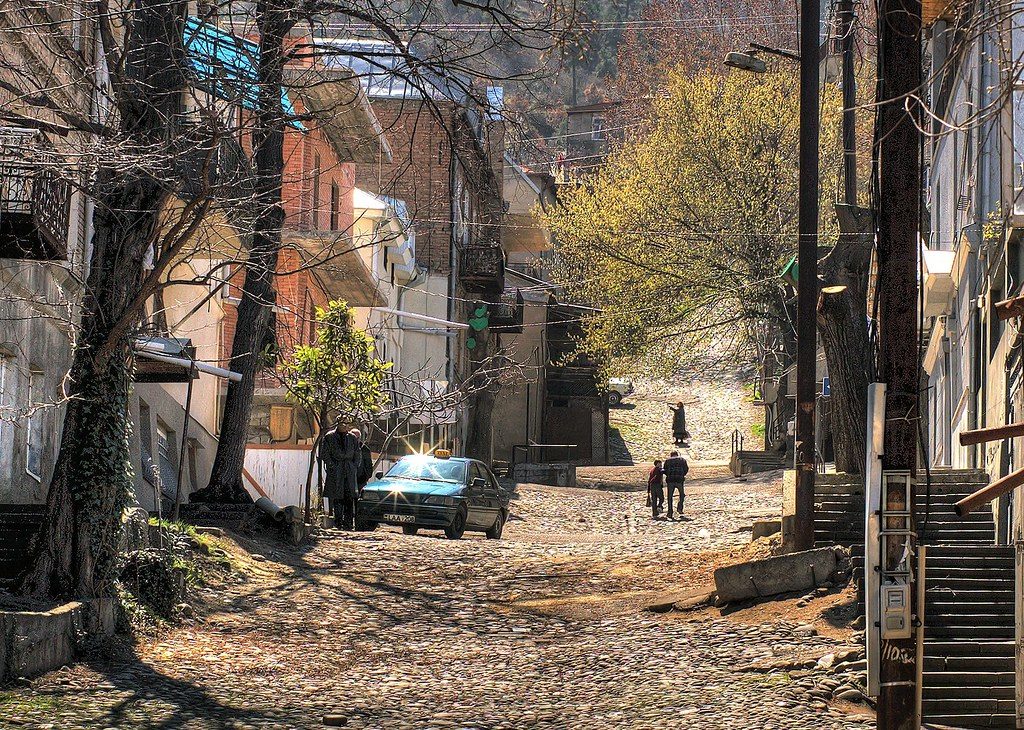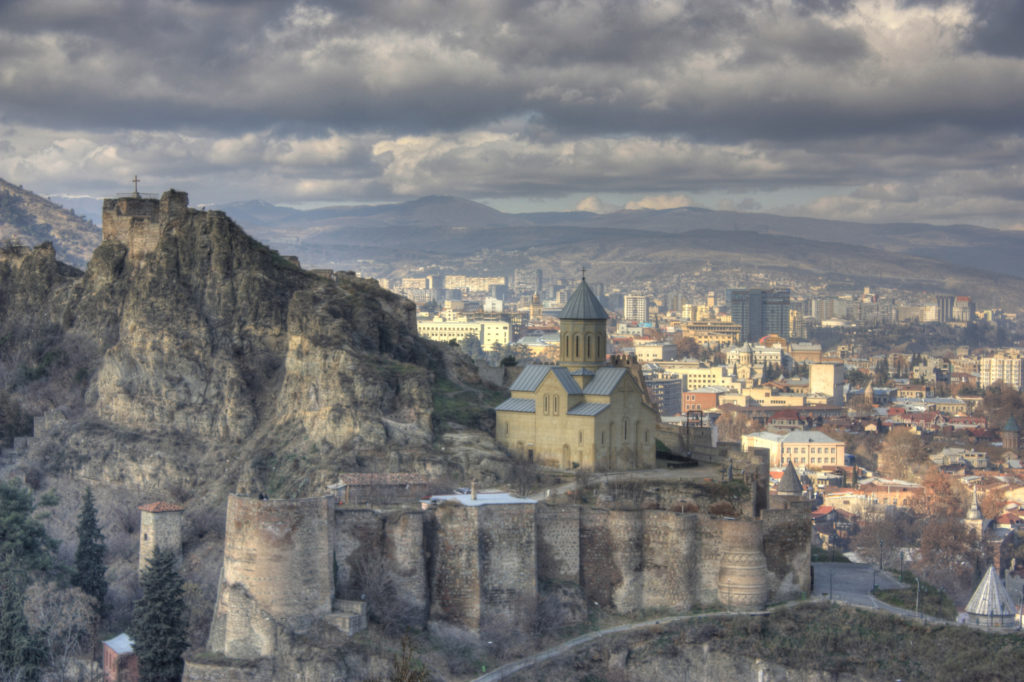
29 Apr Tbilisi: the Georgian capital
Tbilisi embarks you alternately in the East, the West and Russia or just a few steps to switch from one continent to another.
On arrival is KARTLIS DEDA, mother of the city. 20 meters high and erected at the top of the Sololaki hill in 1958, while Tbilisi was celebrating its 1500th anniversary, the statue represents a woman holding in her left hand a cup of wine – symbol of hospitality, and in her right hand a sword – symbol of the defense of the freedom of the people against who would like to restrict it.

The main sights of the city are grouped together in the old district of Tbilisi, as Abanotoubani and its public baths fed by the famous natural hot springs that have amazed and inspired two great Alexanders: Pouchkine and Dumas.
Close to Shardeni Street, the city comes alive with many modern and popular restaurants, open-air cafe-bars, trendy nightclubs and art galleries.
The three-naved Anchiskhati basilica is the only church surviving among the first five built in Tbilisi, so it is the oldest church in the city. It belongs to the Georgian Orthodox Church and dates from the 6th century.
Sioni Cathedral is an Orthodox Cathedral of the Apostolic Church of Georgia located in Sioni Street, named in honor of Mount Zion in Tbilisi. Located on the site of a church built between 575 and 639, it is a Mecca of Georgian national identity. It overlooks the Kura River, in the historical center of the city.

The Narikala Fortress is currently the main tourist observation base among the most visited places in Tbilisi. Nobody leaves Tbilisi without strolling through this astonishing fortress, incredibly beautiful at night, with a focus on almost all parts of Tbilisi. In addition, it overlooks the Mtkvari River which only amplifies the effect of his majesty.





